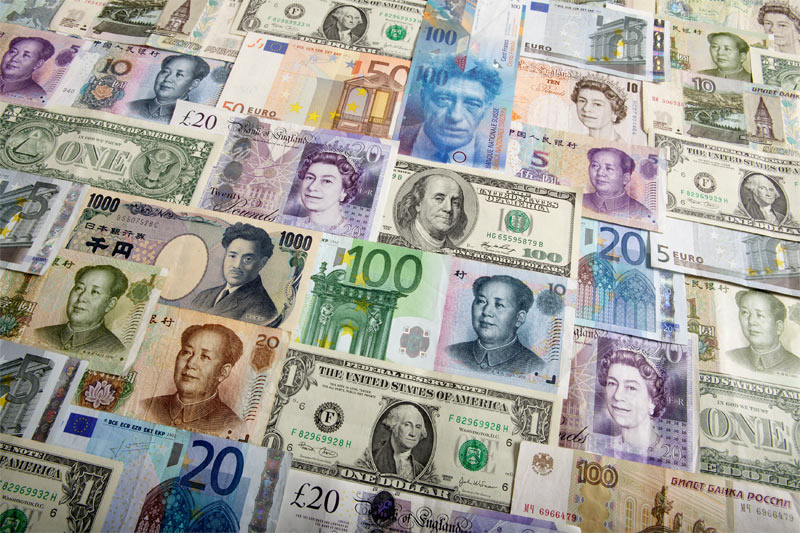By Wayne Cole
SYDNEY, March 19 (Reuters) - The Australian and New Zealand dollars tumbled to multi-year lows on Thursday as panic selling swept global markets, overwhelming attempts by central banks to cushion the fallout from the coronavirus.
The Aussie dollar AUD=D3 sank 3.5% to $0.5569 and briefly fell as far as $0.5508, the lowest since late 2002. It had already dived 3.9% on Wednesday in the largest daily decline in a decade, bringing losses suffered for the week so far to a sickening 9.8%.
The kiwi dollar NZD=D3 dropped 3.5% to $0.5533, and was quoted as low as $0.5472, bringing losses for the week to 8.6%.
The Reserve Bank of Australia (RBA) tried to steady sentiment and stem a rout in government bonds by announcing plans to buy enough debt to keep three-year yields around 0.25%, its first step into quantitative easing. bonds AU3YT=RR duly rallied and yields fell a steep 26 basis points to 0.36%. Yet futures for 10-year bonds YTCc1 still collapsed by over 50 ticks in the largest daily drop since 1992.
Yields on 10-year cash bonds AU10YT=RR shot up 44 basis points to 1.61%, the biggest rise since 1996 when the market was far smaller and less liquid than it is now.
Dealers reported huge strains in bond markets as distressed funds sold any liquid asset to cover losses in stocks and redemptions from investors, a tide fuelled in part by automated selling from algorithmic funds.
Such was the speed and scale of the fall in the Aussie that traders suspected the RBA might have to intervene to restore a two-way market, much as it did during the global financial crisis.
"The bond market is dysfunctional," said Prashant Newnaha, senior Asia-Pacific rates strategist at TD Securities, noting spreads between bids and offers had widened drastically and longer-dated bonds had been swamped by sellers.
"These are not typical bond market moves in a risk-off environment and neither is this dysfunction desired particularly as bond supply is likely to increase, possibly significantly," he added.
The government has already launched one stimulus package of more than A$17 billion to help cushion the economy from the coronavirus, and is expected to announce another soon. All of this spending will be funded by debt.
Local data was utterly overshadowed, which was a shame for Aussie bulls as jobs figures handily beat forecasts with a rise of 26,700 in February. The jobless rate also fell unexpectedly to 5.1%, although analysts fear it can only rise from here as the coronavirus wreaks havoc in a host of industries. Zealand reported the economy grew 0.5% in the December quarter and 1.8% for the year, but again analysts assume it will soon be in recession as the virus spreads.
